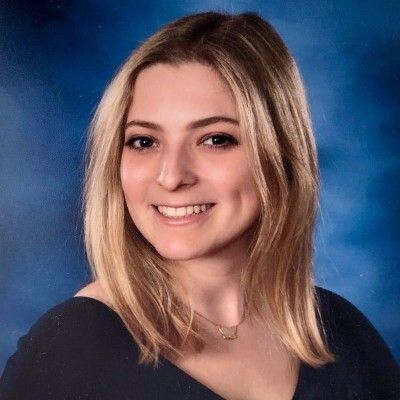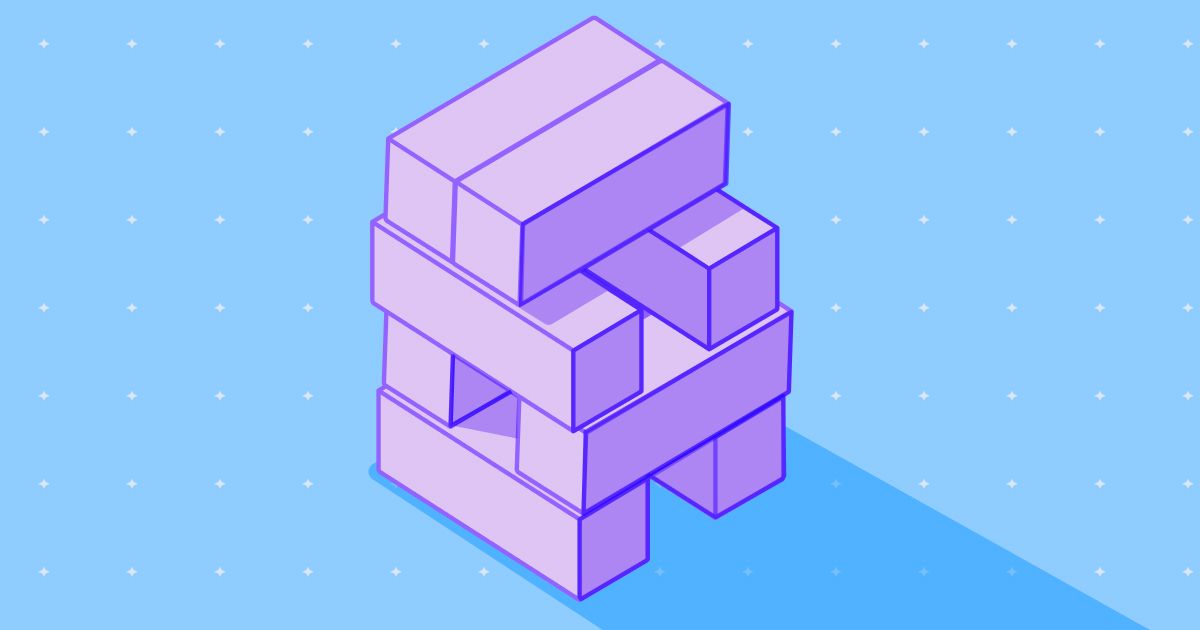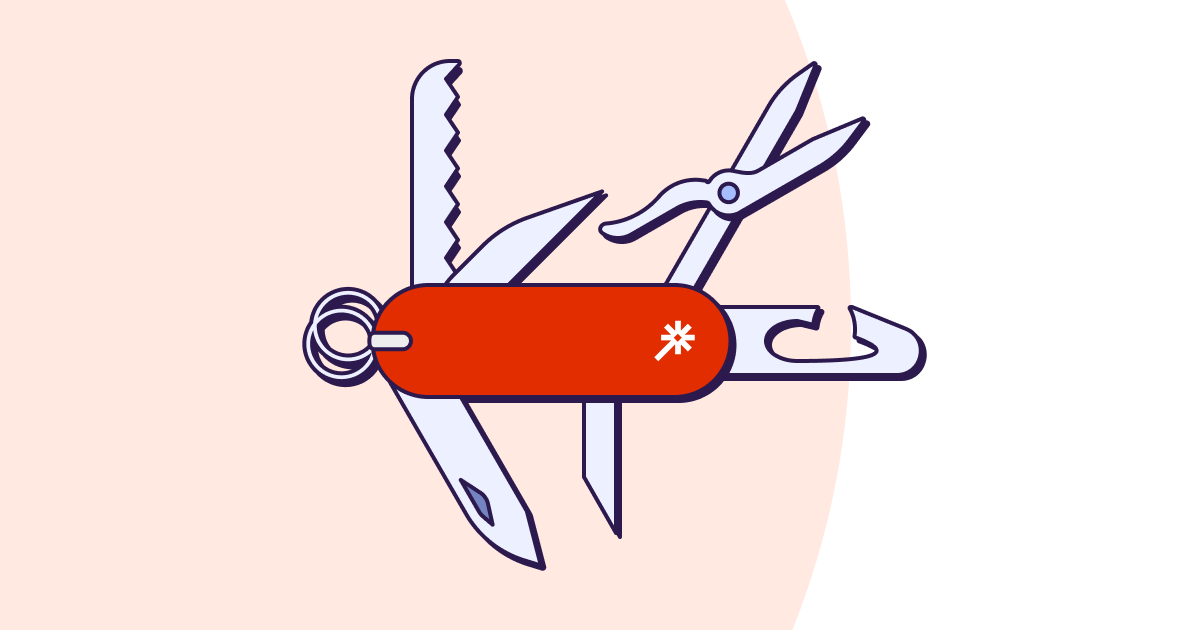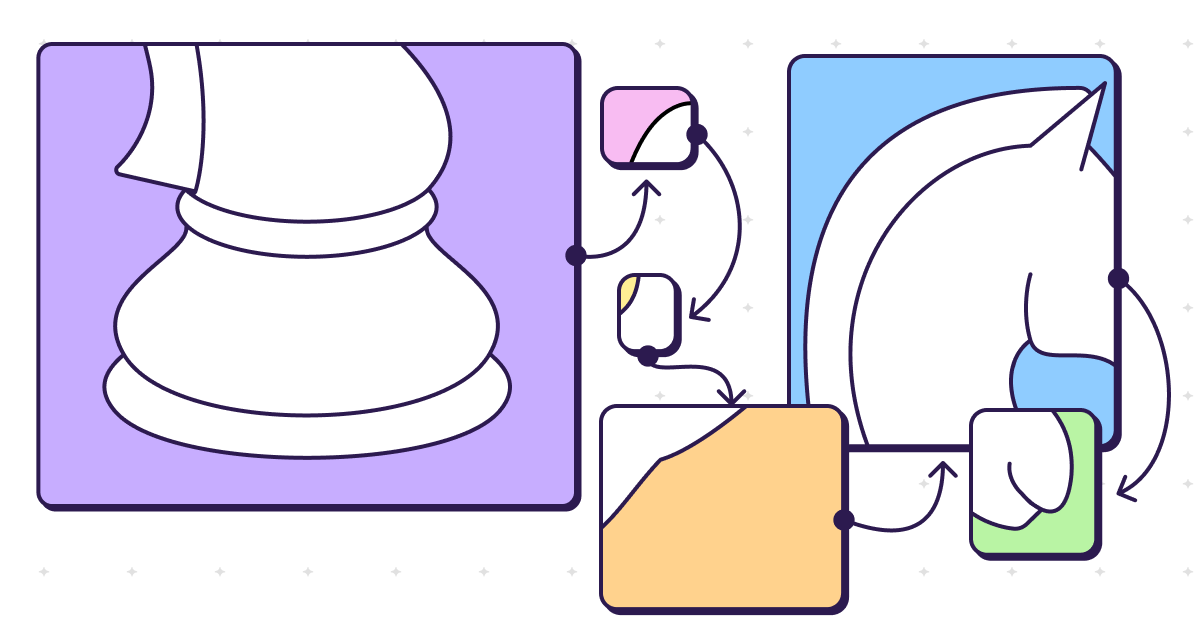
Making informed decisions about the right Customer Relationship Management (CRM) platform for your business is crucial. Many companies grapple with the decision of whether to move their CRM from Hubspot to Salesforce. Salesforce and HubSpot are top-rated CRM software options, each with its strengths.
Salesforce maintains a dominant position and share of the CRM market. However, Hubspot is experiencing an ongoing expansion, which underscores its increasing influence, particularly in the Small and Midsize Business (SMB) sector.
HubSpot stands out for its user-friendly interface and cost-effective plans, making it an appealing option for businesses prioritizing ease of use and budget considerations. On the other hand, Salesforce enables your business to have robust customization, analytics, and advanced features, making it a top choice for businesses seeking a highly tailored and feature-rich CRM solution.
This article is here to help you understand the why, when, and how to make the switch between these two prominent CRM platforms, helping you make a well-informed decision for your business needs.
Why Consider Migrating from HubSpot to Salesforce?
1. Scalability and Growth:
As your business grows, so do your CRM needs. Your team may experience the limitations of HubSpot as data volume and complexity increase. Salesforce, with its robust architecture, is tailored for businesses experiencing growth. Whether managing a larger customer base, higher transaction volume, or diverse information, companies frequently turn to Salesforce to support their expanding data requirements.
Business growth introduces complexity to processes. Salesforce's architecture allows intricate customization and automation, accommodating even the most complex workflows. Whether dealing with a sophisticated sales pipeline, detailed customer segmentation, or elaborate reporting, Salesforce offers the flexibility needed for evolving business intricacies.
For example, if your business diversifies its product offerings, leading to a more complex sales process, Salesforce's capability to handle intricate workflows ensures a streamlined and efficient sales cycle.
Moreover, companies are increasingly leveraging Salesforce beyond its traditional role as a CRM platform. Salesforce has evolved into a comprehensive ecosystem where businesses build their entire sales and service models, centralizing customer inquiries and support cases.
2. Advanced CRM Features:
Salesforce stands out for its advanced customization, allowing businesses extensive tailoring of their CRM. Unlike HubSpot's standard customization features, Salesforce permits the creation of custom fields, objects, and modification of the data model to align with unique business processes.
Additionally, Salesforce offers sophisticated workflow automation capabilities. This goes beyond simple email workflows and includes intricate process automation, approval workflows, and conditional logic. Businesses with complex sales cycles or multifaceted approval processes can leverage Salesforce's advanced automation features to streamline operations.
Furthermore, Salesforce offers robust reporting and analytics tools, surpassing basic functionalities. Customizable dashboards and in-depth reporting options empower businesses to extract meaningful insights from CRM data, facilitating informed, data-driven decision-making.
3. Integration Capabilities:
A CRM is most effective when it seamlessly integrates with other business tools. HubSpot has a range of integrations available, including with popular marketing tools and services. While it supports integration, the ecosystem is not as extensive or customizable as Salesforce's. Salesforce, with its AppExchange marketplace and robust APIs, provides a more comprehensive integration environment, catering to a broader spectrum of third-party tools and custom integration needs.
When is the Right Time to Migrate?
1. Outgrowing HubSpot:
As your business evolves, you may find that HubSpot, while effective for initial stages, becomes limiting. Signs that you might be outgrowing HubSpot include hitting data capacity ceilings, encountering feature constraints, or feeling the strain on scalability.
2. Strategic Planning:
Migrating your CRM is not just a tactical move; it's a strategic decision that aligns with your long-term business goals. If your strategic plan involves substantial growth, expansion into new markets, or a shift in business structure, migrating to Salesforce at the right juncture ensures that your CRM can evolve seamlessly with your business.
For example, if your company is gearing up for global expansion, while HubSpot is reliable, it may have limitations in handling multilingual interactions and diverse currencies. Salesforce, with its multi-language and multi-currency support, may be more suitable to handle this expansion.
3. Industry-Specific Requirements:
If your business operates in a highly regulated sector or has distinct compliance needs, the time might be ripe to consider migrating to Salesforce. For a financial institution navigating strict data privacy regulations, HubSpot's generalized approach might lack the specialized tools needed. Salesforce, with industry-specific solutions and strong compliance features, offers a tailored solution.
How to Plan and Execute the Migration
1. Pre-Migration Assessment
As part of this assessment, you should understand data volume, quality, and structure, identifying inconsistencies; scrutinize current workflows and processes for seamless replication or enhancement; engage stakeholders to define CRM requirements and understand team dependencies; anticipate potential migration challenges for proactive planning; and set clear, measurable migration objectives, such as improving data accuracy or achieving compliance standards, to serve as benchmarks for success.
2. Data Mapping and Cleanup
Data mapping is the process of ensuring that your data is correctly transferred from Salesforce to HubSpot. In order to ensure data quality, cleaning and organizing your data, addressing inconsistencies, duplicates, and outdated information, and mapping out how data in HubSpot aligns with Salesforce structures ensures a clean start for your new CRM and prevents data issues post-migration.
3. Custom Development and Configuration
In order to ensure Salesforce aligns seamlessly with your unique operational needs, leverage Salesforce's customization capabilities to recreate CRM processes. Develop custom fields, objects, and workflows to match your business requirements, ensuring that Salesforce aligns seamlessly with your unique operational needs. Utilizing solutions Sweep can expedite this process, allowing for efficient customization.
Additionally, consider hiring a specialized implementation team or consultants who can bring expertise to the project, ensuring a smooth integration and maximizing the benefits of Salesforce's features for your business.
4. Validation Post-Data Migration
Following the migration process, it is necessary to validate data integrity and accuracy. This involves ensuring that the migrated data is in the correct format, is complete, and fixing any errors identified (such as data formatting issues, missing information, or any anomalies that could impact overall quality of the migrated data).
5. User Adoption and Change Management
Fostering user adoption during the CRM migration from HubSpot to Salesforce is crucial, considering both the technological and cultural aspects. By implementing effective change management strategies and clear communication, you can address user resistance. Additionally, it is important to recognize the varied experiences of sellers with Salesforce or HubSpot and the need for enablement and ramp-up time.

Summary:
The journey from HubSpot to Salesforce is not just a technical transition; it's a strategic move tailored to the unique needs and growth trajectory of your business. Moreover, navigating this transition underscores the importance of considering factors like the potential length of the process and how to manage Salesforce following migration. Without tools like Sweep, the migration can become protracted, impacting operational efficiency, and the management of Salesforce can require additional investment like headcount.











